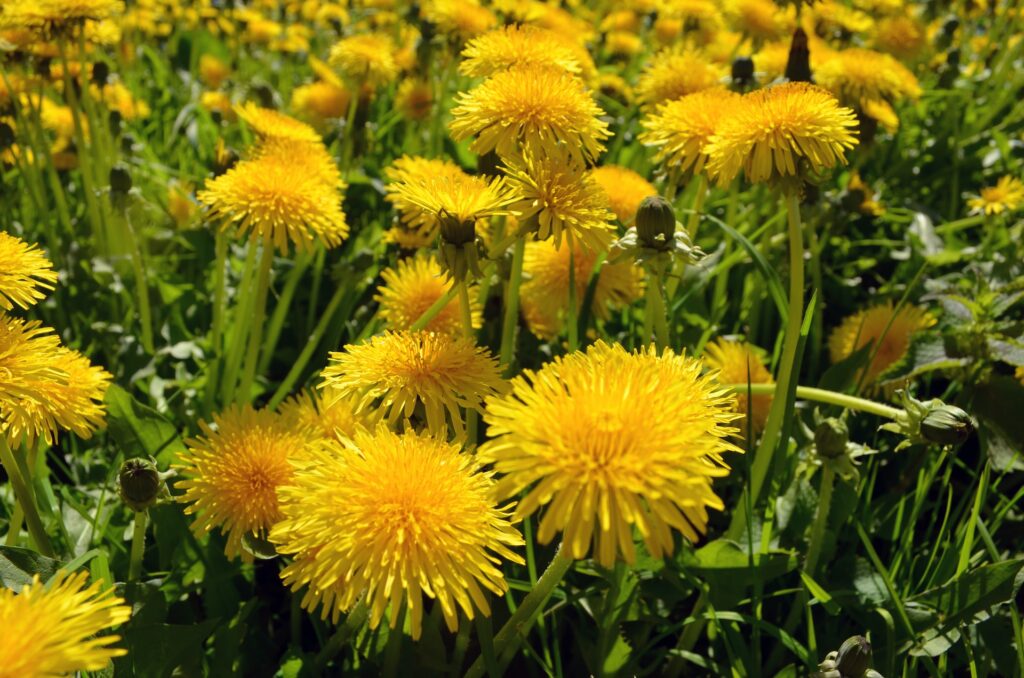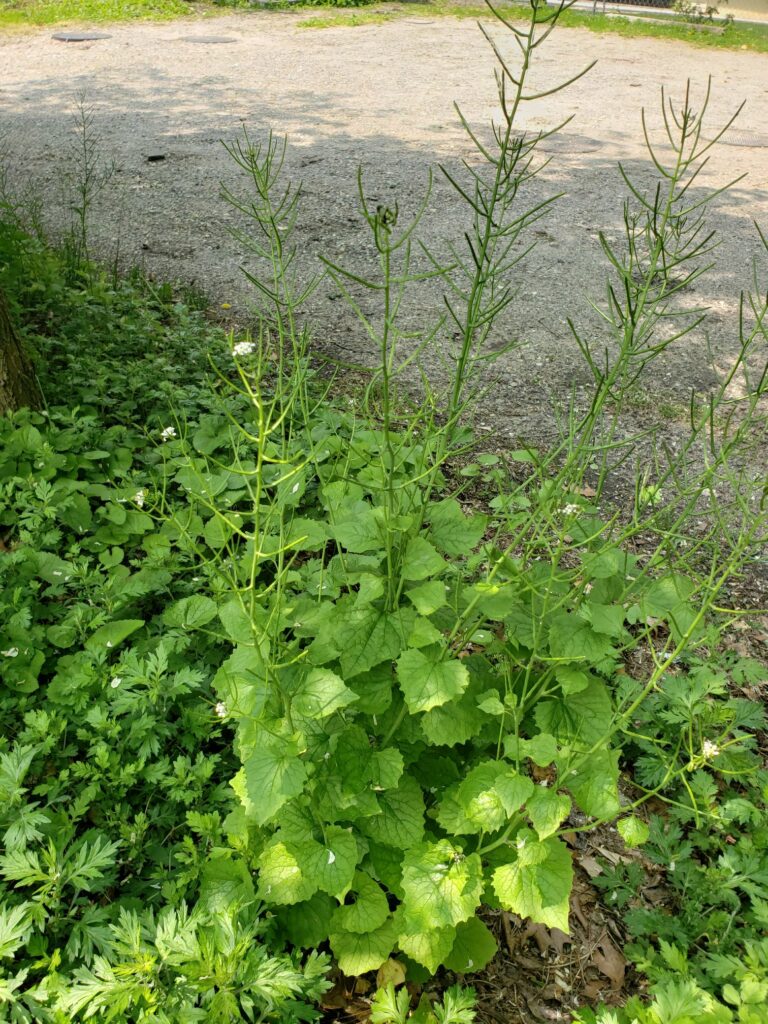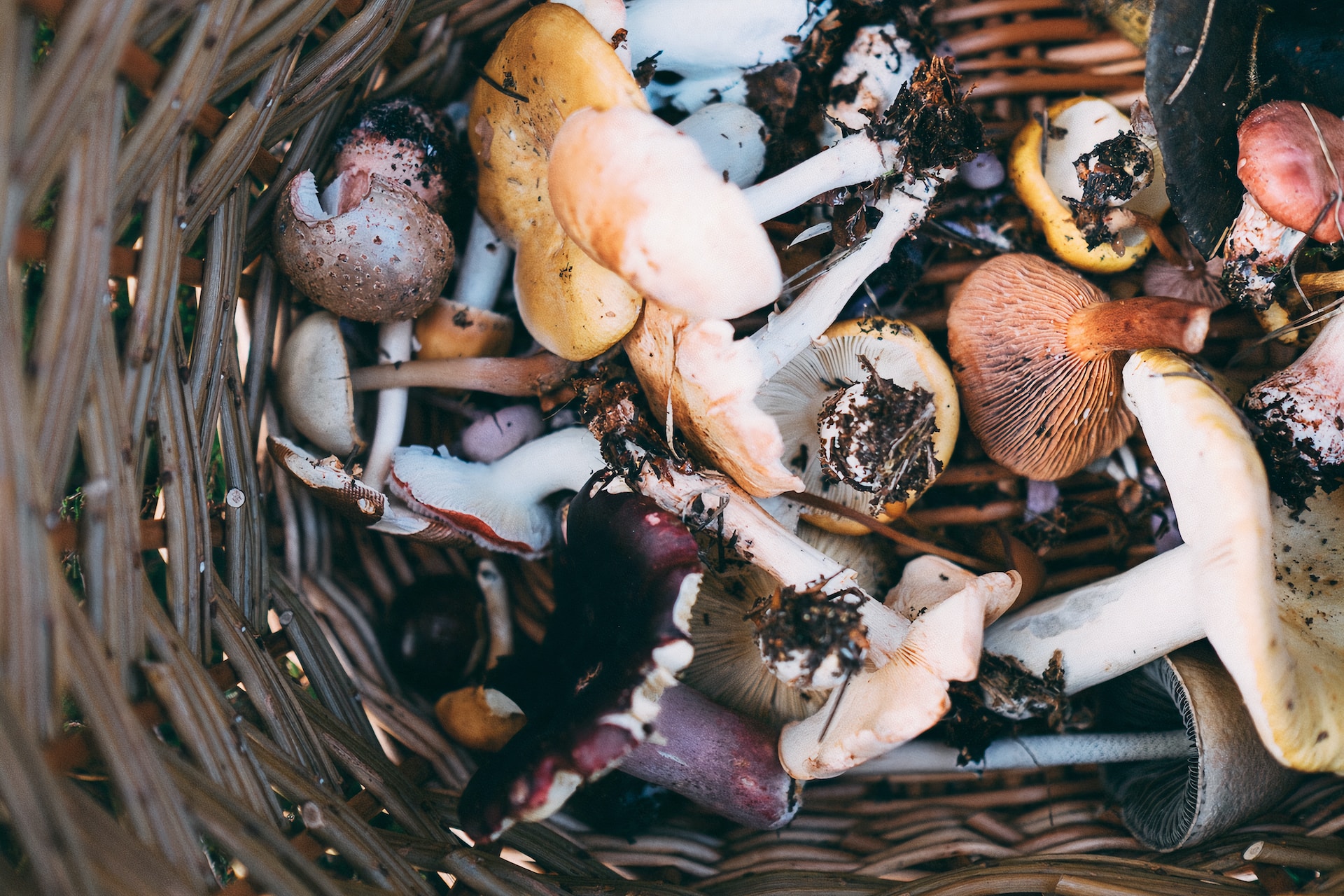For those lucky enough to own a home, Spring is the season of lawn care. There are many fast spreading weeds and invasives to be on the lookout for, but none are quite as prolific as the dandelion and garlic mustard.
While dandelion is something of an icon in the world of weeds, garlic mustard is a bit more of an unsung pest, at least if you don’t know to look for it. Why not use your weeds to your culinary advantage, and try eating them?
Foraging was, for all intents and purposes, the first job any human ever held, and while it could somewhat share that title with hunting, there’s a whole lot more hoops you’ll have to jump through to go hunting on LI. Foraging, on the other hand, does not require permits, and in the case of weeds and Invasives, can usually be done right in your backyard. There’s a whole world of edible plants right here on the island, and community databases like fallingfruit.org can make it even easier to find them in your area. For the sake of simplicity though, we’ll just focus on the two big ones, dandelion and garlic mustard.

Photo By Viridi Green Via Unsplash
If you follow us on Facebook or Instagram, you may have seen a post from us a few weeks ago about eating dandelion. In that post we talked about using the greens for a fresh salad, or cooking them as a side dish. But did you know there’s even more you can make from the dandelion? If you find a young dandelion which hasn’t yet flowered, you can pull it out of the ground to find a much larger and denser root than you might otherwise. Dehydrating this root, either in a fancy machine or a low heat oven before crushing it in a spice blender will produce an earthy tea that can be enjoyed in place of any store bought bags. For the more mature plants that have already flowered, dandelion jelly makes quick work of those bright petals! This one is a bit more complicated, so we’ll just link our favorite recipe for the stuff instead. https://www.homestead-acres.com/how-to-make-dandelion-jelly/
As for the already tasty sounding garlic mustard, its uses are just about what you’d expect from the name! One thing to note about garlic mustard before going any further though, is that the plant, especially when young, contains a non-negligible level of cyanide. Although you would have to eat quite a lot of it to have negative effects, this can still be a concern for those who may consume cyanide through some other common foods. The best advice for dealing with this is to cook the harvested garlic mustard thoroughly to remove the cyanide (and also mellow the flavor) or to just follow the same rule as seafood when watching out for mercury, and consume in moderation.

Some Garlic Mustard from right outside our office! Tastes like scallions…
When it comes to harvesting garlic mustard, you’ll want to take the tender upper stalks and flower from the plant. You should be able to easily snap the upper stalk right off, similar to asparagus, but if the stalk doesn’t easily break it may be too tough for consumption. Once harvested, the plant can be broken up into 3 core components: the stalk, leaves, and flower. The stalk can fill a role very similar to dandelion greens, and be eaten raw in a salad or cooked for a side dish. The flower and leaves will both have a much stronger, somewhat bitter flavor however, and should be used with caution. Small amounts of each can be added into anything where you might use normal garlic for a heavy hit of flavor, with dishes like pesto or hummus being the most common.
Hopefully, this has given you a bit of inspiration to finally deal with that patch of weeds slowly spreading along the edge of your garden, and if not, hopefully it’s at least reminded you to eat your greens today!
By Andrew Wong, Long Island Pine Barrens Society
Cover Photo by Annie Spratt Via Unsplash


